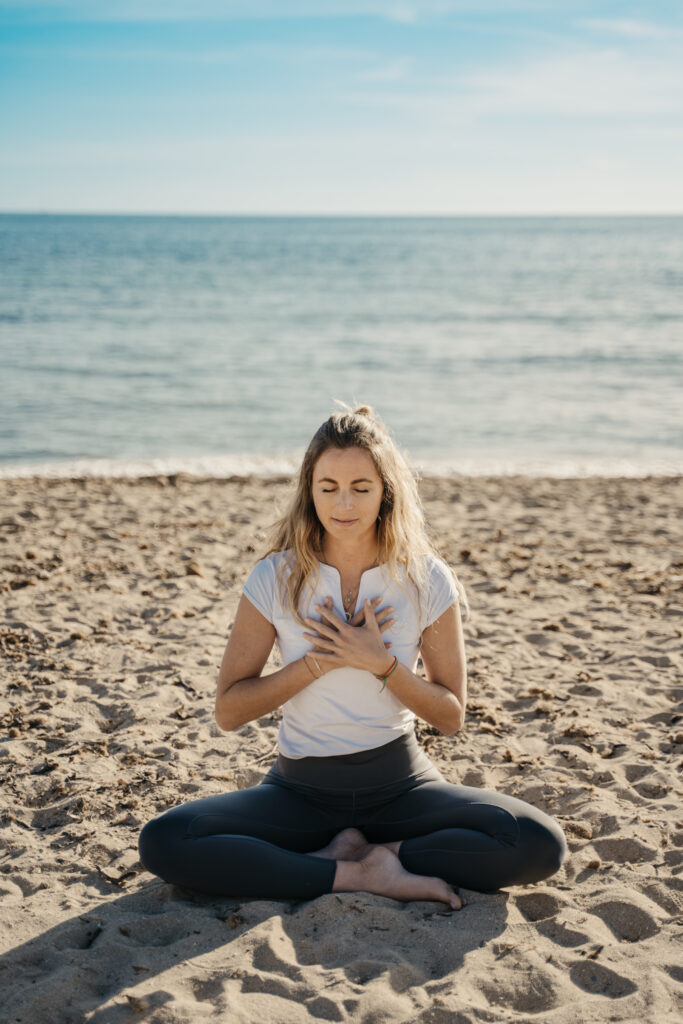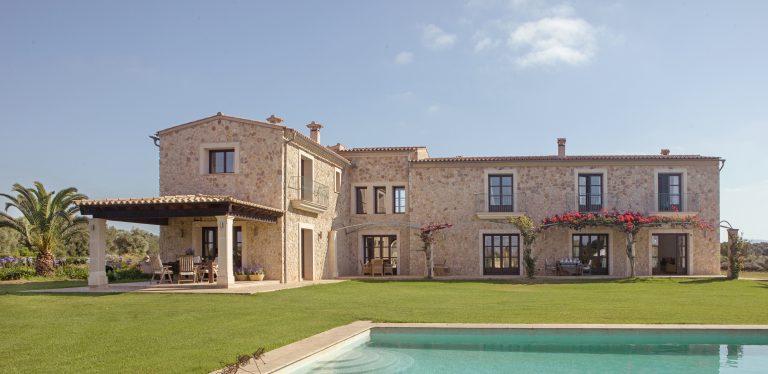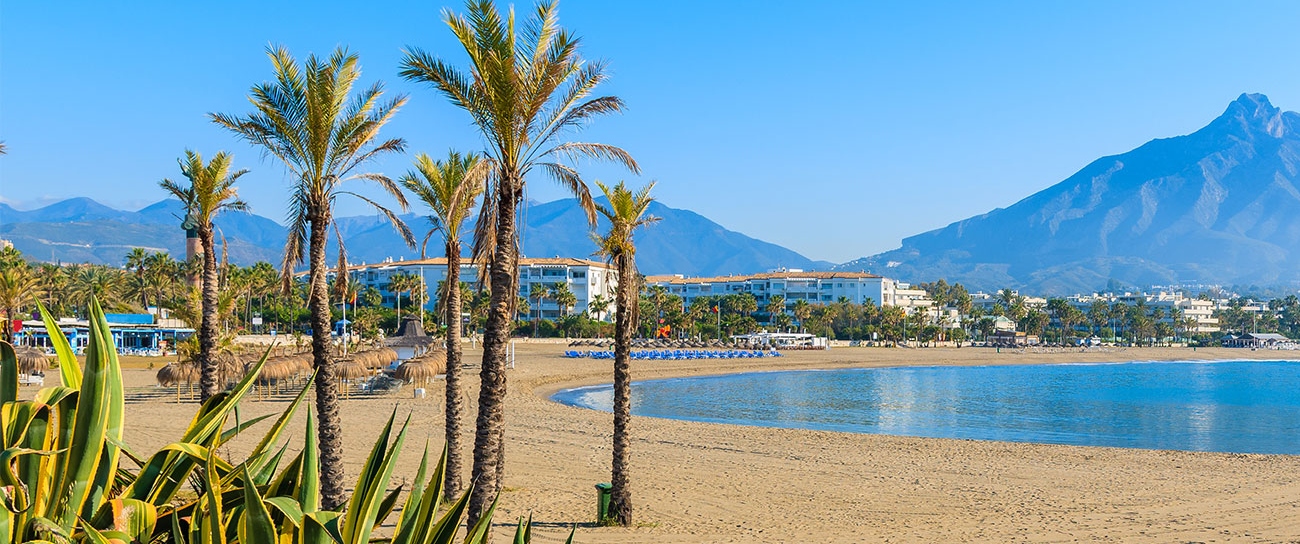
5 Minutes
At The Balance, we champion the art of meditation in all of our treatment programs. We understand the power of being in touch with one’s self: on a mental, physical, and spiritual level. The way we practice meditation is deeply personal, and can be attuned to our lifestyle and value systems. It has historic roots, transcending time and culture. It’s important to remember that meditation and mindfulness is a muscle, anyone can develop it with time, patience, and practice. We sat down with our Founder & CEO, Abdullah Boulad, to discuss what meditation means to him, the history behind it, and the many ways it can be practiced.
A UNIQUE METHOD TREATING Insights
a successful and proven concept focusing on underlying causesLASTING APPROACH
0 Before
Send Admission Request
0 Before
Define Treatment Goals
1 week
Assessments & Detox
1-4 week
Psychological & Holistic Therapy
4 week
Family Therapy
5-8 week
Aftercare
12+ week
Refresher Visit
Insights
latest news & research on InsightsHow To Love Yourself
It is not as difficult as you would imagine to communicate with your higher guidance. The trick is to be willing to learn about self-love. The solutions may come quickly or gradually. They can appear in the form of words
read moreMental Training For Athletes
The mental self and physical self are symbiotically linked. In other words, everything that happens in the mind has an impact on the body, and vice versa
read more






